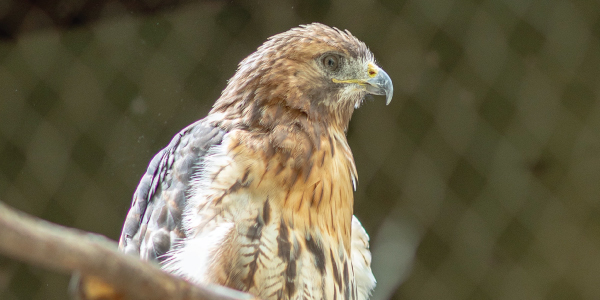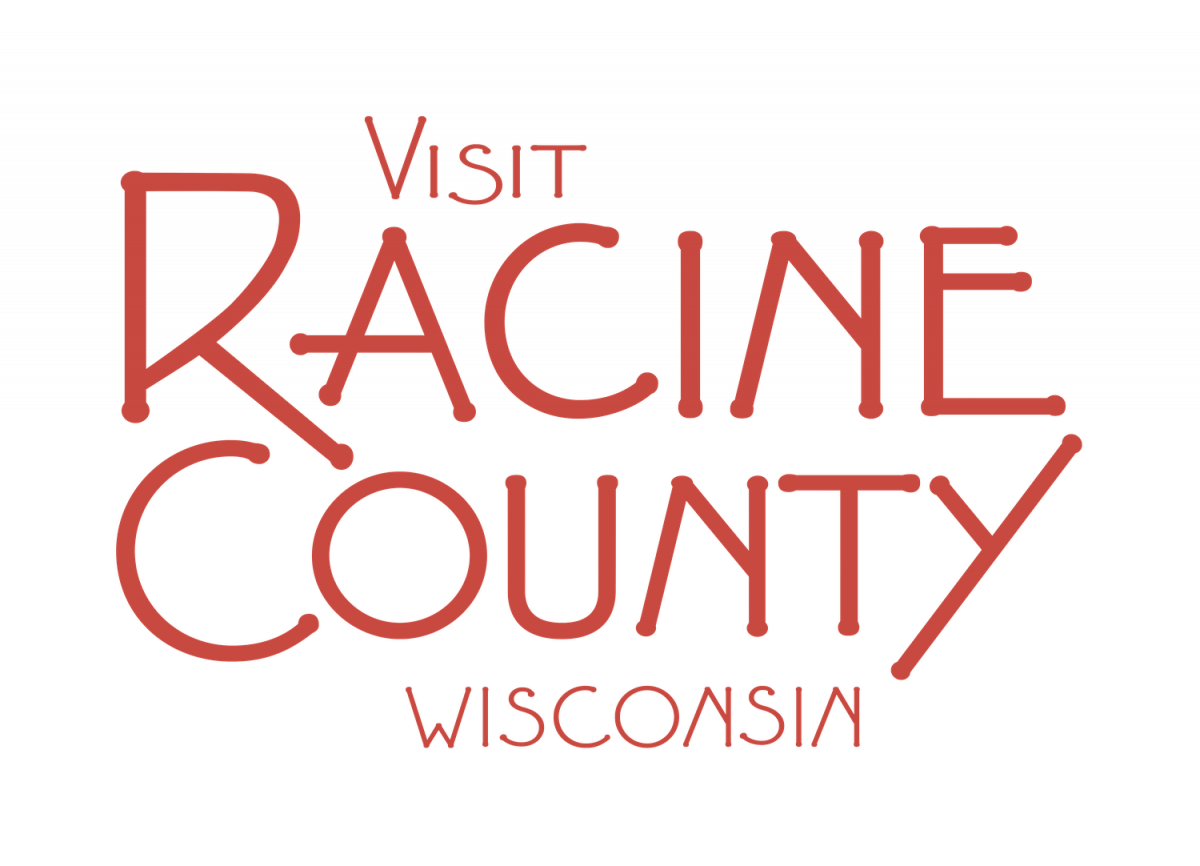
| You can meet at the Racine Zoo: |
Rudy, Female
|
| Location at the Racine Zoo: | In Raptor Roost |
| Scientific Name: | Buteo jamaicensis |
| Conservation Status: | Least Concern |
| Lifespan: | Up to 21 years in the wild; up to 29 years in human care |
| Adult Size: | Up to 2 ft in length; up to 2 lb; wingspan of 4 ft |
| Diet in the wild: | Small rodents, other birds, and reptiles |
| Diet in the Zoo: | Rodents, small birds |
| Habitat: | Scrub desert, plains, agricultural fields, pastures, urban parks, coniferous and deciduous woodlands, and tropical rainforests |
| Range: | Throughout the United States and Canada, and into Mexico and Central America |
| Threats: | Threats to red-tailed hawks include road mortality, hunting, and human interference with nesting. |
Fun Facts:
- Females are larger than males.
- They are monogamous; they mate with the same individual for many years.
- When soaring or flapping its wings, a red-tailed hawk typically travels from 20 to 40 mph, but when diving map reach 120 mph.
- Red-tailed hawks have negative interactions with many other bird species. Some smaller bird species mob hawks. Crows pose the most danger to hawks as they can mob in groups of up to 75 individuals.
- Owls and red-tailed hawks compete for nesting places and often destroy the other's next (smashing eggs and killing young) to take the nesting site.
- Red-tailed hawks can spot prey from 100 feet in the air. Their eyesight is about 7 times better than a human's.
- Red-tailed hawk vocalizations are often used in Hollywood for the calls of other birds, like eagles or vultures.
Conservation Messages:
- Do not litter. Birds of prey can be seen hunting along highways all over the country, which is very dangerous for them. Many of them are hit by cars or somehow injured along the roadways. They are attracted the roadways because their prey is foraging on trash along the roadside. Hunters should also use non-lead shot to avoid poisoning predators











